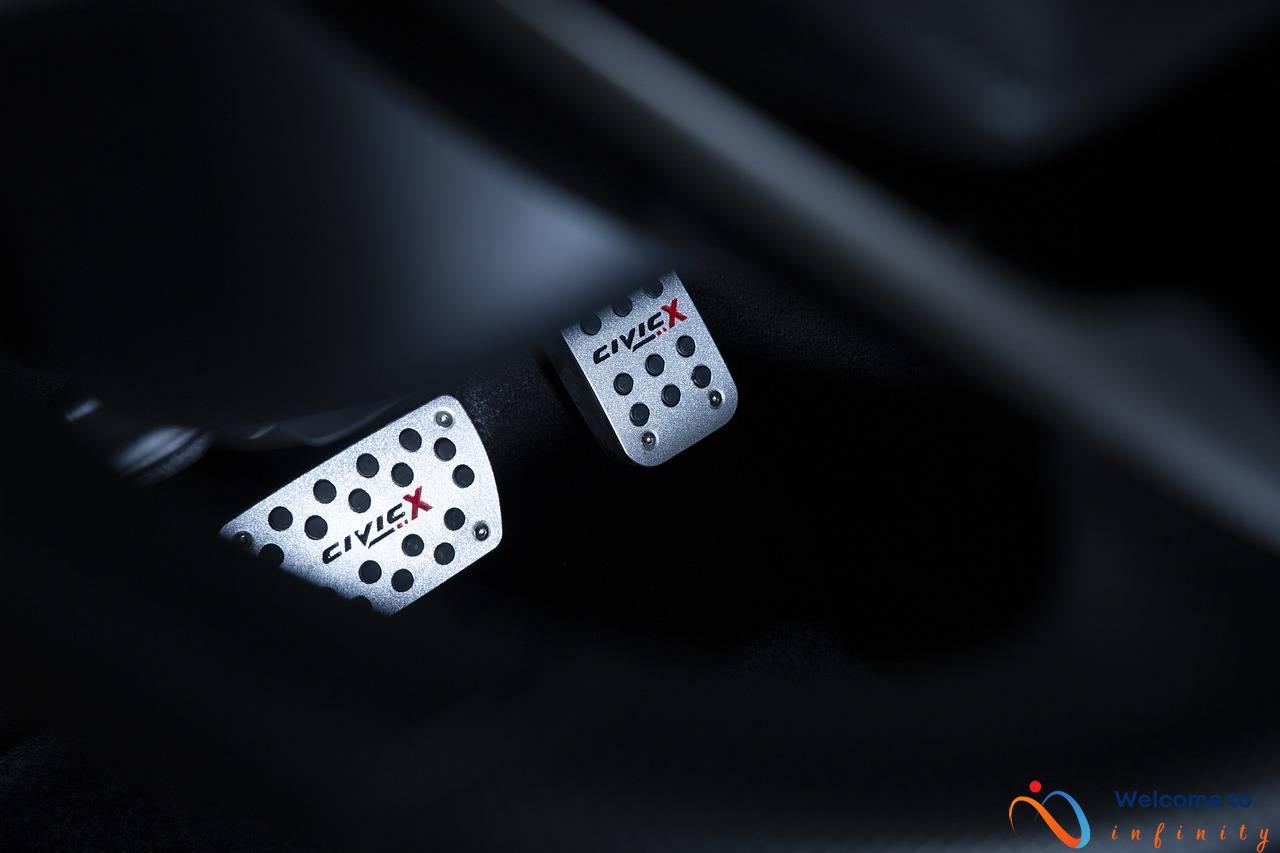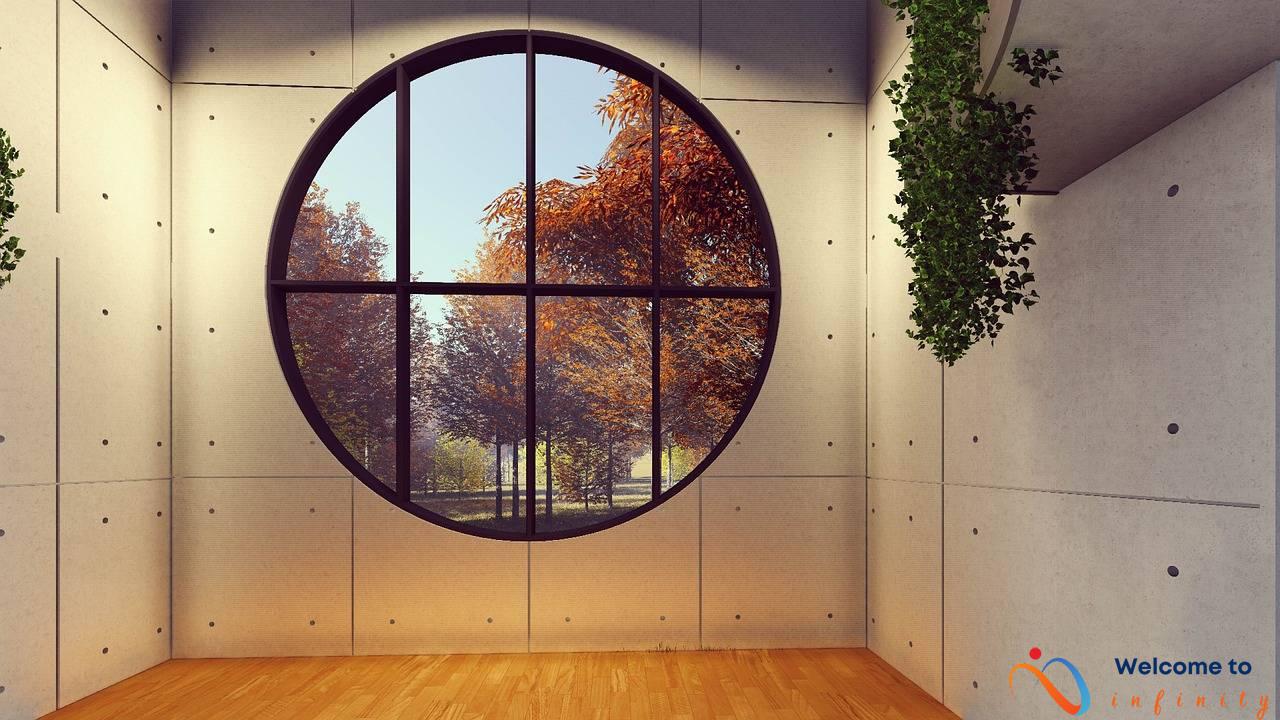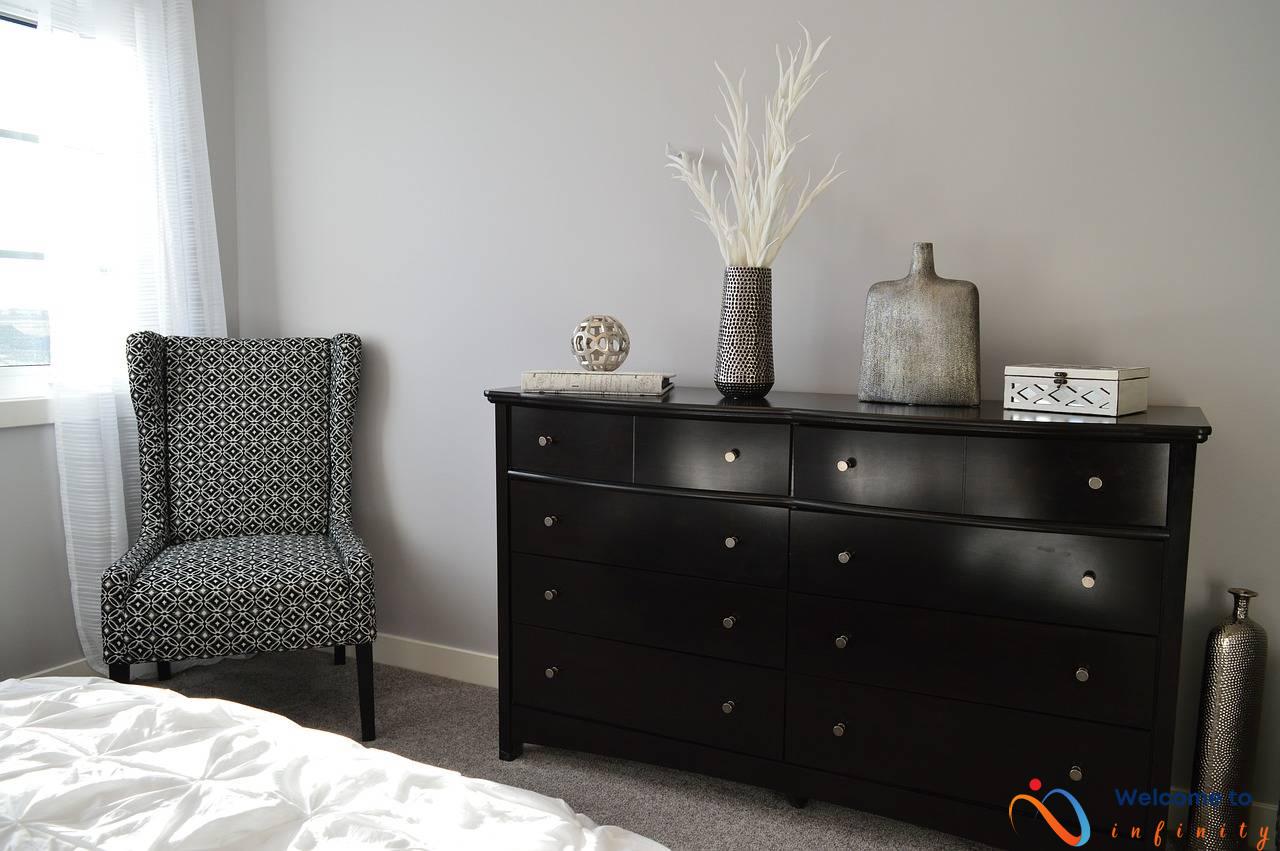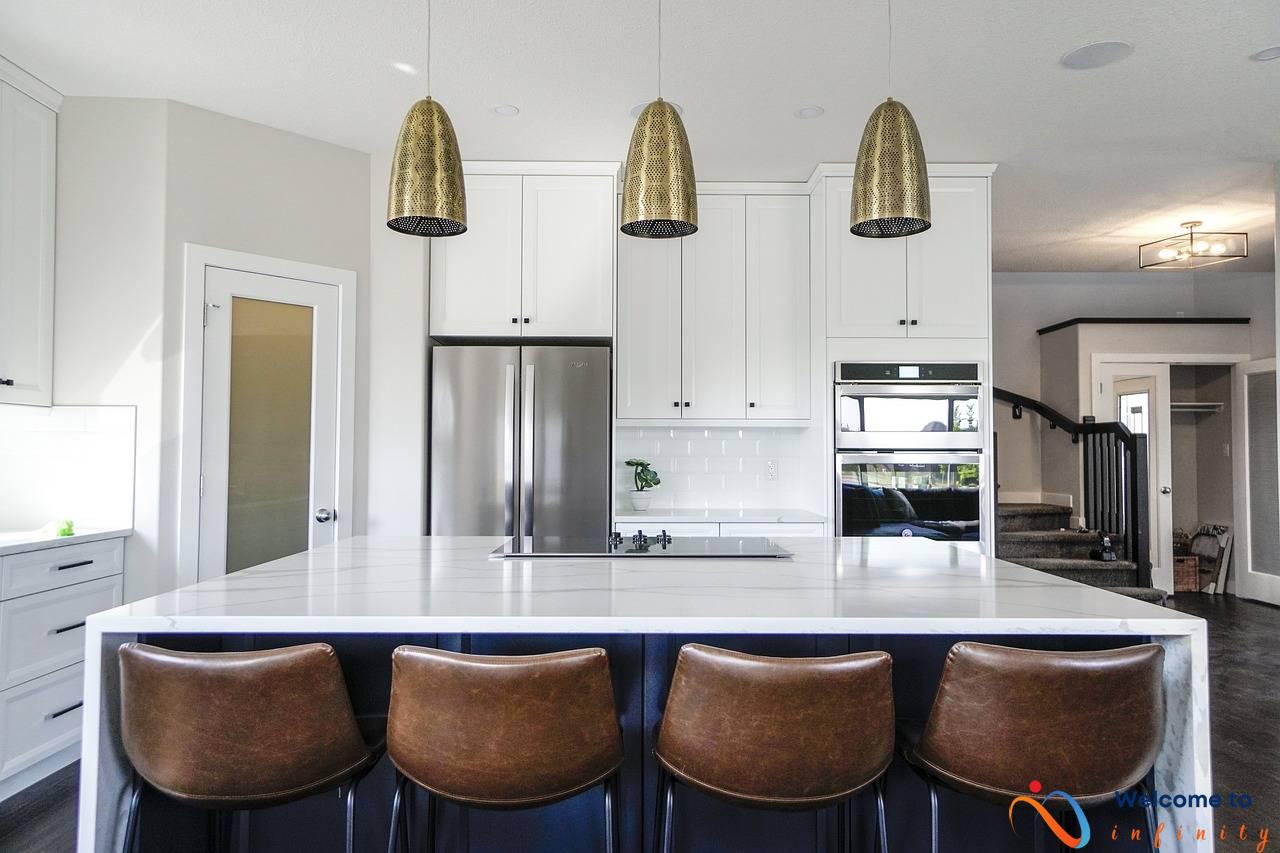Eco-friendly lighting options are becoming increasingly popular due to their sustainability and energy-efficiency benefits. Unlike traditional lighting, which can be costly and detrimental to the environment, eco-friendly lighting options are more cost-effective, and can help you reduce your carbon footprint. They are also a great way to save money on your electricity bills while preserving the environment for future generations.
A wide range of eco-friendly lighting options are available, each with their unique benefits. Some of the most popular types of eco-friendly lighting include LED lighting, solar lighting, compact fluorescent lighting (CFL), natural lighting, and smart lighting.
LED lighting is one of the most popular choices when it comes to eco-friendly lighting. It is energy-efficient, long-lasting and can be used in a variety of settings. Solar lighting, on the other hand, uses solar panels to absorb energy from the sun and convert it into electricity. This type of lighting is ideal for outdoor spaces like garden paths, street lamps, and other outdoor applications.
Compact fluorescent lighting (CFL) bulbs are also a great choice for those who want to reduce their carbon footprint. CFL bulbs use less energy than traditional incandescent bulbs, emit less heat, and last 10 times longer than traditional bulbs. In addition, natural lighting sources like skylights and large windows can be used to provide sustainable and cost-effective lighting, reducing the need for artificial lighting. And lastly, smart lighting systems use automation and sensors to provide sustainable and cost-effective lighting, making them a great choice for reducing energy consumption and promoting sustainable living.
To sum up, eco-friendly lighting alternatives to traditional lighting can help you save money, promote sustainability, and preserve the environment for future generations. So, switch to eco-friendly lighting options today and start enjoying the benefits that they offer!
LED Lighting
LED lighting has become a popular choice for eco-conscious consumers because of its energy-efficient and long-lasting properties. It consumes up to 90% less energy compared to traditional incandescent lighting, which makes it a cost-effective solution in the long run. Additionally, LED lights last up to 25 times longer than traditional incandescent bulbs, reducing the need for frequent replacements and waste.
LED technology has also advanced in recent years, making it possible to use LED lighting in a variety of settings, including offices, homes, and outdoor lighting. LED bulbs are available in different color temperatures and can produce a range of lighting effects to create a more comfortable and energy-efficient environment.
- LED bulbs have a longer lifespan than traditional bulbs, reducing waste and lowering replacement costs.
- LED lighting is energy-efficient, consuming up to 90% less energy than traditional lighting.
- LEDs are available in a variety of color temperatures and lighting effects, making them versatile and customizable.
In addition to its energy-saving properties, LED lighting does not contain hazardous substances like mercury, making it safer for the environment and its users. Its cool-to-the-touch property also reduces the risk of fire and burns, making it an ideal choice for homes with children and pets. Overall, LED lighting is a sustainable and cost-effective alternative to traditional lighting, and its versatility makes it a popular choice for those who want to reduce their carbon footprint.
Solar Lighting
Solar lighting is a sustainable and cost-effective lighting option that uses solar panels to absorb energy from the sun and convert it into electricity. With the increasing focus on reducing greenhouse gas emissions and promoting sustainable living, solar lighting has become a popular choice for outdoor lighting, street lamps, and other applications.
The solar panels used in solar lighting systems are made up of photovoltaic cells, which absorb sunlight and convert it into electricity that can be stored in batteries for later use. These batteries can be used to power the lights at night, reducing the need for traditional electricity sources and ultimately reducing energy consumption and costs.
- Solar lighting is a renewable energy source
- It is cost-effective and can reduce electricity bills
- Solar panels can be used to power various applications, including street lamps and outdoor lighting
- Solar lighting reduces energy consumption and greenhouse gas emissions, promoting sustainable living
Additionally, solar lighting does not require any wiring, making them easy to install and maintain. They also provide excellent reliability and long-term durability, making them a more sustainable and cost-effective option for lighting.
Overall, solar lighting offers a sustainable, cost-effective, and renewable option for lighting that can reduce energy consumption and promote sustainable living. With the increasing focus on reducing carbon footprints and promoting green living, solar lighting has become an ideal choice for those who want to reduce their impact on the environment while saving money on their electricity bills.
Solar-Powered Outdoor Lighting
Solar-powered outdoor lighting is one of the most sustainable and cost-effective lighting options for gardens, pathways, and other outdoor spaces. These lighting systems use solar panels to absorb energy from the sun during the day, which is then stored in batteries and used to power the lights at night.
One of the major benefits of solar-powered outdoor lighting is that it does not require any wiring or electricity to function, making it easy to install and maintain. It is also a great option for remote areas or locations where access to a power source is limited. This makes it a popular choice for outdoor events, such as weddings or parties, where lighting may be necessary for an extended period of time.
In addition to being sustainable and cost-effective, solar-powered outdoor lighting can also enhance the aesthetic appeal of outdoor spaces. There are a variety of designs and styles available, from traditional post lights to modern wall-mounted fixtures. Solar-powered outdoor lighting can also be used to highlight architectural features or landscaping, creating a beautiful and inviting outdoor environment.
Overall, solar-powered outdoor lighting is an excellent choice for those who want to reduce their carbon footprint while saving money on their electricity bills. With its easy installation, low maintenance, and aesthetic appeal, it is a sustainable and practical lighting option for any outdoor space.
Compact Fluorescent Lighting (CFL)
Compact Fluorescent Lighting (CFL) is a popular choice for those who want to reduce their energy usage and carbon footprint. CFLs are small fluorescent light bulbs that are used as an alternative to traditional incandescent bulbs. Unlike traditional bulbs, CFLs use less energy and last up to 10 times longer, making them a sustainable and cost-effective option.
CFLs work by using an electric current to excite mercury vapor, which then emits ultraviolet light. The ultraviolet light then interacts with a phosphorescent coating on the bulb, which produces visible light. CFLs emit up to 75% less heat than traditional bulbs, making them more energy-efficient and cooler to the touch. They are also a popular choice for eco-friendly lighting because they produce less greenhouse gas emissions than traditional bulbs.
CFLs are available in a variety of sizes and shapes, making them suitable for use in a range of lighting fixtures. They are also available in different color temperatures, which can affect the mood and ambiance of a room. CFLs come with a higher initial cost than traditional bulbs, but the long-lasting nature of these bulbs means that they are more cost-effective in the long run.
- CFLs use up to 75% less energy than traditional bulbs
- CFLs last up to 10 times longer than traditional bulbs
- CFLs emit less heat than traditional bulbs
- CFLs produce less greenhouse gas emissions than traditional bulbs
Overall, CFLs are a sustainable and cost-effective alternative to traditional bulbs. They use less energy and last longer, which means they are better for the environment and can save money on electricity bills. With a range of sizes and shapes available, CFLs can be used in a variety of settings, making them a popular choice for eco-friendly lighting.
CFL Bulbs Vs. Incandescent Bulbs
CFL bulbs are a great eco-friendly alternative to traditional incandescent bulbs. They are more energy-efficient, which means they use less power to produce the same amount of light. This efficiency means that they can save you money on your electricity bills in the long run. In addition to being more energy-efficient, CFL bulbs also last longer than traditional bulbs. They can last up to 10 times longer, meaning that you will not have to replace them as often, saving you money and reducing waste.
Another important benefit of CFL bulbs is that they emit less heat than incandescent bulbs. Traditional bulbs produce a lot of heat, which can be a safety hazard and can also increase the temperature in your home, leading to higher cooling costs. CFL bulbs, on the other hand, produce minimal heat, making them a safer and more comfortable option.
To compare the efficiency of CFL bulbs and incandescent bulbs, it's important to note that CFL bulbs use about 75% less energy than traditional bulbs. This means that they can significantly lower your energy consumption, reducing your carbon footprint and helping to preserve the environment. Additionally, CFL bulbs are widely available and come in a variety of shapes and sizes, making them a versatile choice for any lighting need. Overall, choosing CFL bulbs over incandescent bulbs is a smart choice for anyone looking to reduce their energy usage and promote sustainability.
Natural Lighting
Natural lighting is a cost-effective and sustainable way to light up a home or building. It encompasses skylights, large windows, and other design elements that allow natural light to enter a space.
One of the primary benefits of natural lighting is the reduction in energy consumption associated with electric lighting. By utilizing natural light sources, homeowners can drastically reduce their electricity bills and decrease their carbon footprint.
investing in natural lighting can also lead to an increase in the resale value of a home. This is because sustainable features are becoming increasingly popular among homebuyers who want to save money on their utility bills and reduce their environmental impact.
Additionally, natural lighting can have a positive impact on our overall well-being. Studies have shown that exposure to natural light can improve our mood, increase productivity, and regulate our circadian rhythms.
Maximizing natural lighting sources is a fundamental aspect of sustainable design. It involves strategic placement of windows, skylights, and other design elements to allow as much natural light in as possible. This ultimately reduces the need for artificial lighting and promotes a healthier and more environmentally friendly living space.
Sustainable Design and Natural Lighting
Sustainable design refers to the process of designing buildings that are environmentally responsible and resource-efficient throughout their lifecycle. One aspect of sustainable design is maximizing the use of natural lighting sources to reduce energy consumption and promote a healthier environment for building occupants.
Natural lighting not only reduces the need for artificial lighting but also provides a better quality of light that is more pleasant to the eye and promotes a better mood and productivity. By incorporating natural lighting sources such as skylights and large windows into building design, architects can create spaces that feel more open and airy, reducing the need for artificial lighting during the day.
Moreover, natural lighting has been linked to a range of health benefits. Exposure to natural light has been shown to help regulate mood and sleep patterns, decrease stress levels, and improve overall well-being. By incorporating natural lighting sources into building design, architects can promote a healthier environment for building occupants.
In addition, sustainable building design can help reduce energy consumption and greenhouse gas emissions associated with traditional lighting. By relying more on natural light sources and utilizing energy-efficient lighting systems, the overall energy consumption of the building can be significantly reduced. This not only benefits the environment but also leads to cost savings associated with energy usage.
In conclusion, sustainable design that incorporates natural lighting sources is an important aspect of building design that can promote a healthier environment while reducing energy consumption and promoting cost savings. Architects and building designers who prioritize sustainability in their designs can create buildings that are not only aesthetically pleasing but also environmentally responsible.
Smart Lighting
Smart lighting is a modern and sustainable lighting solution that uses advanced technology to provide an energy-efficient and cost-effective lighting experience. With sensors and automation, smart lighting systems can detect occupancy and adjust lighting levels based on natural lighting conditions and the time of day. This ensures that energy is only used when it is needed, reducing energy consumption and saving money on electricity bills.
Smart lighting systems come in different types and designs, ranging from simple plug-and-play solutions to complex systems that are fully customized to fit a specific space's lighting needs. Some smart lighting systems use Wi-Fi or Bluetooth connectivity to allow people to control their lighting preferences using their smartphone or voice-activated smart home assistants like Amazon Alexa or Google Home.
One of the major benefits of smart lighting is its ability to promote sustainable living. With its energy-efficient capabilities, smart lighting can help reduce carbon footprint and greenhouse gas emissions, making it a great option for those who are environmentally conscious. Moreover, smart lighting can save you money on electricity bills since it can reduce energy wastage and unnecessary lighting.
Smart lighting systems are also highly customizable, so you can adjust your lighting preferences based on your needs. For example, you can set your lights to turn on at specific times of the day, or configure them to turn off automatically when no one is in the room.
In conclusion, smart lighting is an innovative lighting solution that is designed to provide sustainable and cost-effective lighting. With its advanced technology, it can detect occupancy and adjust lighting levels based on natural lighting conditions and the time of day, thus reducing energy consumption and saving money on electricity bills. Smart lighting is a great option for those who want to promote sustainable living and are looking for an energy-efficient lighting solution.
The Benefits of Smart Lighting Systems
Smart lighting systems are becoming increasingly popular as a sustainable and cost-effective way to light up your home or office. These systems use sensors and automation to detect occupancy and adjust lighting levels based on natural lighting conditions and the time of day.
One of the main advantages of smart lighting systems is their ability to reduce energy consumption. By automatically turning off lights when they are not needed, these systems can significantly reduce the amount of energy used for lighting. This not only helps to reduce greenhouse gas emissions but also lowers electricity bills.
Smart lighting systems also promote sustainable living by encouraging users to be more mindful of their energy usage. By making it easy to monitor and control energy consumption, these systems help users to identify areas where they can save energy and reduce their environmental impact.
In addition to their energy-saving benefits, smart lighting systems can also decrease costs associated with energy usage. By reducing energy consumption, these systems can help to lower electricity bills and reduce maintenance costs associated with replacing burned-out bulbs.
Overall, smart lighting systems are a smart investment for those looking to reduce their environmental impact and save money on their energy bills. With their energy-efficient technology and automated controls, these systems offer a sustainable and convenient way to light up your home or office.












